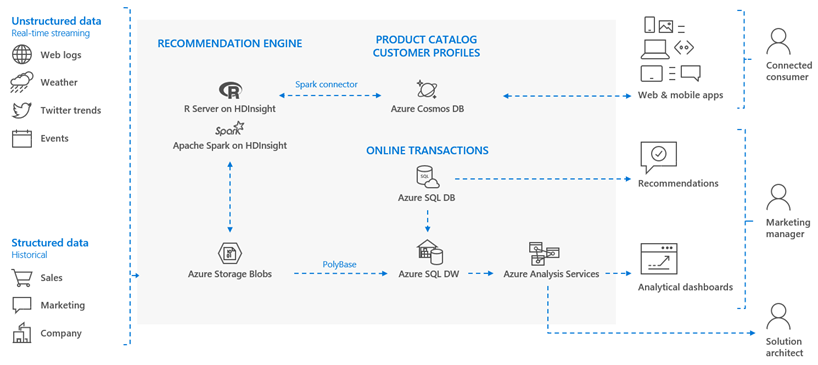Azure 10 // Big Data & Data Warehouse – Building A Simple Solution
AZURE 10 | |||||||||
Backup, Archive, and DR | Dev/Test & DevOps | Red Hat on Azure | SAP on Azure | Internet of Things | Customer-facing Apps | Internal Business Apps | Data & AI | Big Data & Data Warehouse | High Performance Compute |
Compiled by Anshuman Mansingh > https://in.linkedin.com/in/anshumanmansingh
Big Data & Data Warehouse
Big Data and Data Warehouse solutions allow intelligent enterprises to do more with less, combining a powerful data management platform with cloud intelligence. Microsoft's Big data and analytics offering enables the customer to deliver better experiences and make better decisions by analyzing massive amounts of data in real time. Get the insight you need to deliver intelligent actions that improve customer engagement, increase revenue and lower costs. Azure SQL Data Warehouse is the SQL analytics platform which lets you scale compute and storage elastically and independently, with a massively parallel processing architecture.
Sellers: How can it help?

Collaterals
- Customer-Ready Technical Presentations: https://1drv.ms/f/s!Au0iHsxtup25gS7SiBbf_RABs_HL
- Modern Data Warehouse Self-Service Demo: https://1drv.ms/u/s!Au0iHsxtup25gQxgg0jT7tQqvE87
- Big Data and DW Solution Pitch: https://1drv.ms/p/s!Au0iHsxtup25gQVPY8LRHE0Sg6uz
Sellers:
Questions to Ask
- Looking for reduced time and cost to gather, transform and distribution of big data?
- Need centralized data warehouse and accompanying data marts that aggregate data from systems across the enterprise for reporting and analysis purposes?
- Looking to deliver personalization's or build recommendation engines at scale?
Sellers:
Benefits & Identifying the Opportunity
Benefits of Migrating
Modernization of a data estate is critical to making trustworthy business decisions. Customers who adopt Microsoft data warehouse solutions will benefit from:
- Optimized price per performance
- Global availability and elastic scale
- Ability to integrate relational and non-relational data
Identifying an Opportunity
- Expressing dissatisfaction with the current solution in use
- Planning to upgrade or replace current solution
- Microsoft can add value to their business scenario (e.g. moving to the cloud, implement advanced analytics)
Sellers: Key Differentiators
Value of fully managed solutions in Azure
Having a fully managed solution, is of great value to our customers. It reduces management burden and increases their ROI in the mid and long term. Microsoft offers both full managed services as well as manage-yourself offerings.
Available everywhere
Microsoft has invested in a totally available eco-system which spans on-premises and cloud. Microsoft were born on-premises and have evolved and innovated with our customers to deliver the best-of-breed services we have today which enables traditional customers to quickly achieve a modern vision and platform capability.
Trusted partner
Microsoft is the only cloud vendor to actively chase and secure worldwide compliance and regulatory certification which ensures customers and solutions remain compliant and agile.
Totally Open
Microsoft is a true advocate and supported of the Open Source Software ecosystem. Microsoft are proud to be a Platinum Sponsor of the Linux Foundation and have the highest level of contributions to GitHub than any other software developer house or body.
Presales & Technical: Building A Solution – Common Customer Patterns
A simple Big Data and Data Warehouse solution would have following components.

Mapping Microsoft products to the above components
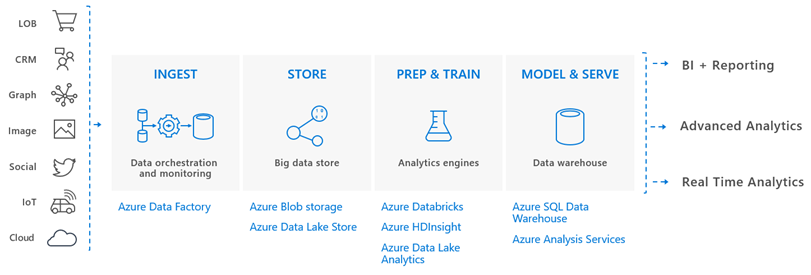
Products Involved – Learn More
- Azure Data Factory
- Reference: Data Factory eBook
- Azure Blob Storage
- Reference: Link
- Reference 2: Storage eBook
- Azure Data Lake Store
- Reference: eBook
- Azure Databricks
- Reference: eBook
- Azure HDInsight
- Reference: eBook
- Azure Data Lake Analytics
- Reference: eBook
- Azure SQL Data Warehouse
- Reference: eBook
- Azure Analysis Services
- Reference: eBook
Common Customer Patterns: A Modern Data Warehouse
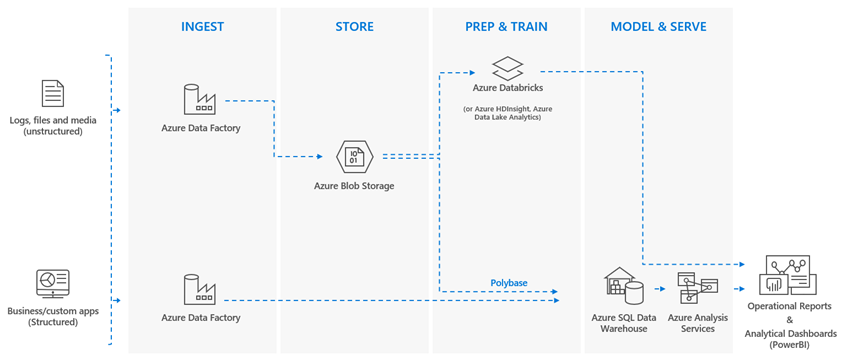
Common Customer Patterns: Implementation for Advanced Analytics

Common Customer Patterns: Implementation for Real-Time Analytics

Common Customer Patterns: Intelligent Applications
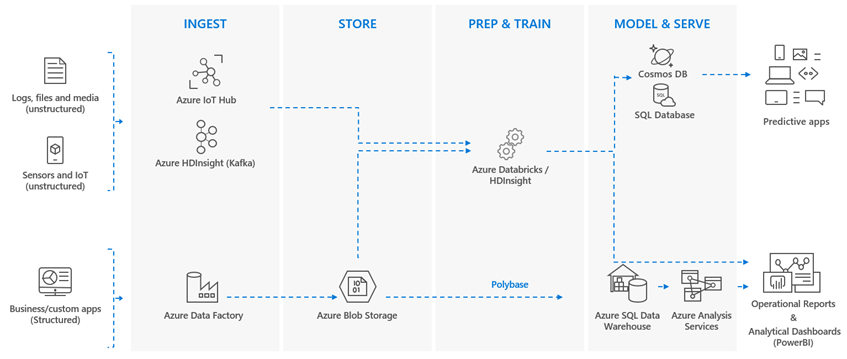
Building A Solution - Taking Retail as an Example
Big Data and Data Warehouse implementations can help build a connected user experience in Retail.
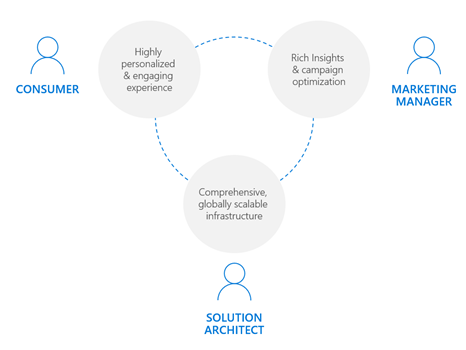
Mapping Components, taking common customer patterns as reference.
